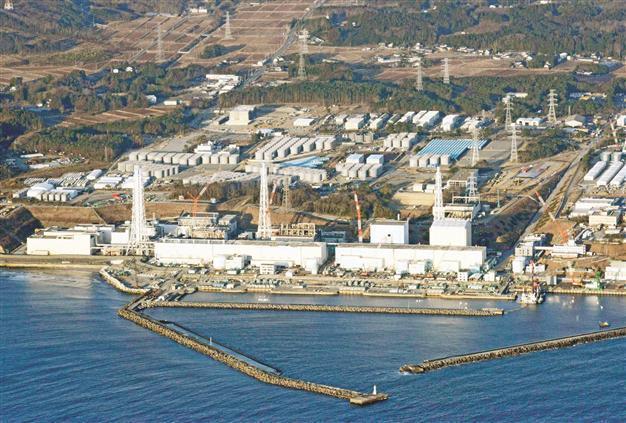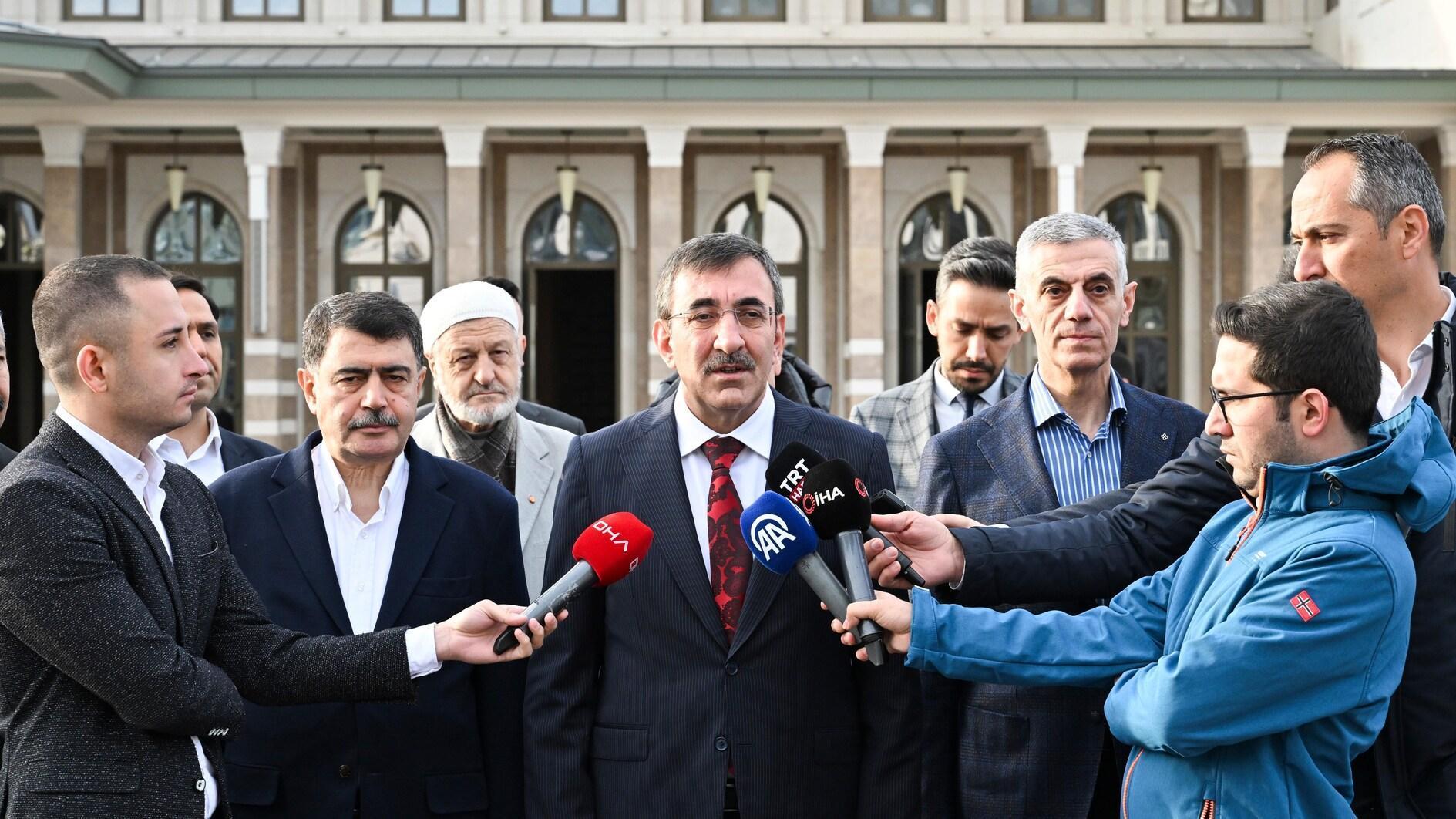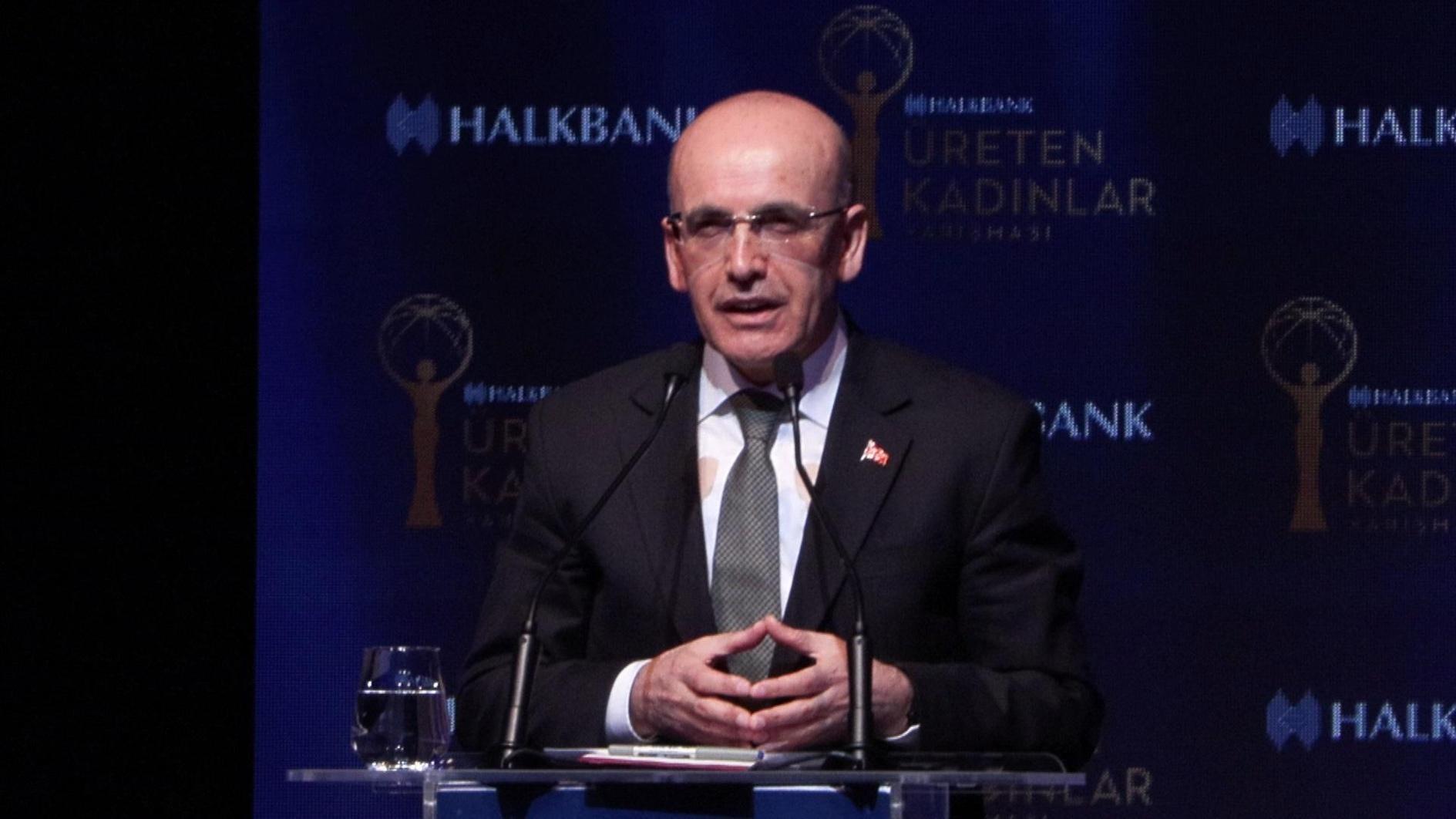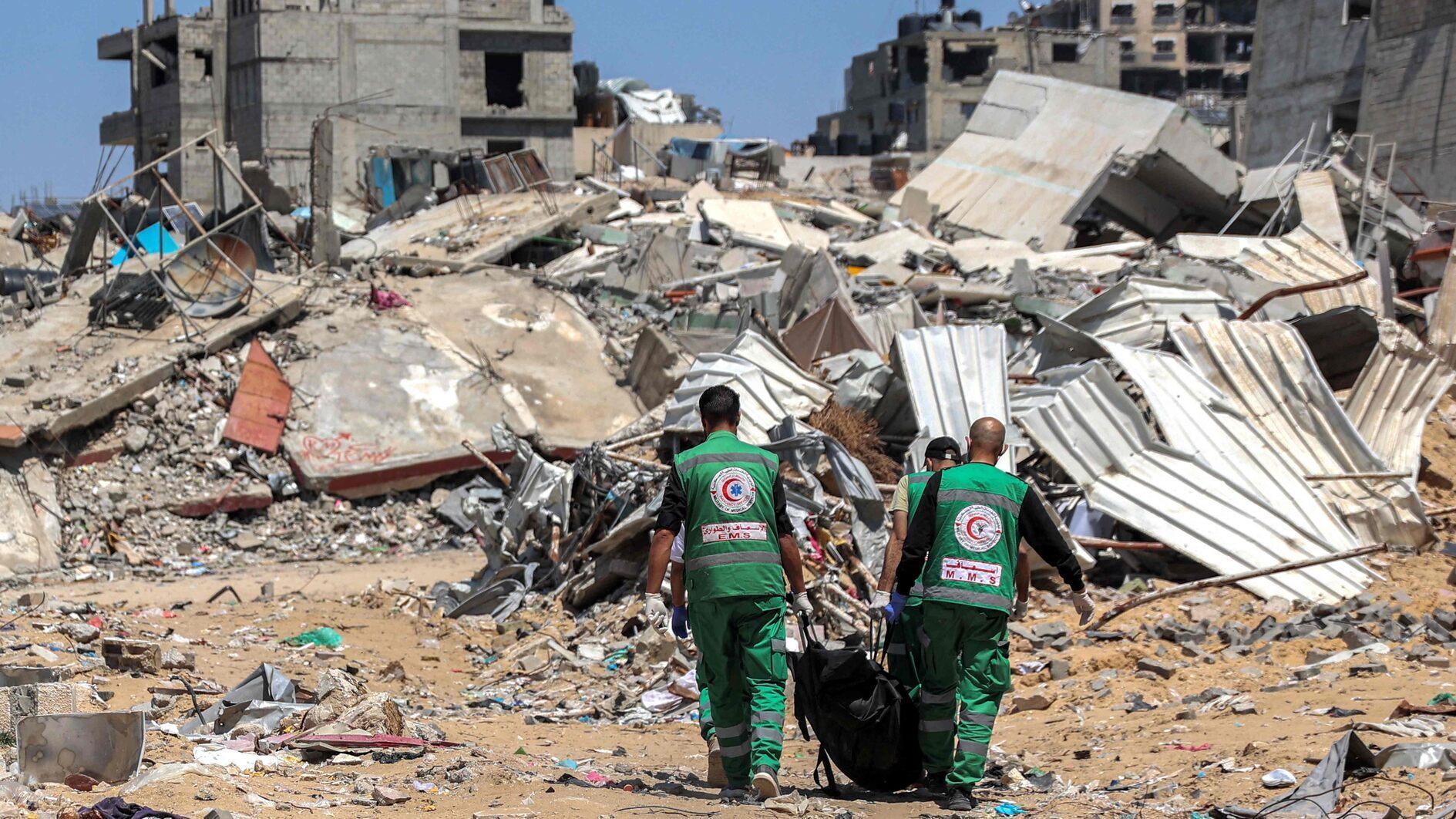Global nuclear power declines by 7 percent
PARIS/LONDON/KYOTO

The impact of the Fukushima disaster in 2011 on the global nuclear industry has become increasingly visible, an independent nuclear industry report says. REUTERS photo
Two years after the Fukushima disaster started unfolding on 11 March 2011; its impact on the global nuclear industry has become increasingly visible, according to the World Nuclear Industry Status Report 2013, which was elaborated by a team of six experts from France, Japan and the UK under the direction of renowned nuclear expert Mycle Schneider and was released in July.Global power generation from nuclear plants had been dropped by a historic 7 percent in 2012, adding to the record drop of 4 percent in 2011, the report said.
The nuclear share in the world’s power generation declined steadily from a historic peak of 17 percent in 1993 to about 10 percent in 2012. Nuclear power’s share of global commercial primary energy production plunged to 4.5 percent, a level last seen in 1984, according to the report.
The 427 operating reactors in 31 countries are 17 lower than the peak in 2002, while, the total installed capacity peaked in 2010 at 375 GWe (gigawatt electrical) before declining to the current level, which was last seen a decade ago. About three-quarters of this decline is due to the situation in Japan, but 16 other countries, including the top five nuclear generators, which are the United States, France, Germany, South Korea and Russia, decreased their nuclear generation too, the report noted.
The experts summarize the reasons behind the decline of the nuclear power globally as uncertainty in reliability of many nuclear reactors, high construction and operation costs as well as high waste disposal costs. At the center of the claims for the new generation of nuclear power plants, so-called Generation III, that was expected to drive a “Nuclear Renaissance” were ambitious forecasts for their economics. Ten years ago, construction cost estimates of around $1,000/kW (kilowatt) allowed the nuclear industry to claim that power from these new designs would be competitive with the cheapest source of power, natural gas, then being sold at low prices compared to current prices. A decade on, it is clear that claims for these new reactors were hopelessly inaccurate and by 2012/13, the typical cost estimate for Gen III+ designs is of the order $7,000/kW, the report said.
Potential new comers, including Turkey
It is estimated there are a total of 29 countries that are described as developing nuclear power programs for the first time. This includes three countries that have ordered nuclear power plants, 14 countries that are considering starting a nuclear power program and in which there is a “strong indication of intentions to proceed”, six countries show “active preparation for a possible nuclear power program” and a further six that are actively preparing for a possible nuclear power program with no final decision. The total number of countries listed as developing nuclear power programs has fallen since 2010, when there were 33.Three countries that have ordered nuclear power plants are Turkey, the United Arab Emirates (UAE) and Belarus.
In May 2010, the Russian and Turkish heads of state signed an intergovernmental agreement for Rosatom to build, own, and operate the Akkuyu plant to be worth $20 billion. In May 2013, a $22 billion intergovernmental agreement was also signed between Japan and Turkey for the construction of the second nuclear plant of Turkey.
















